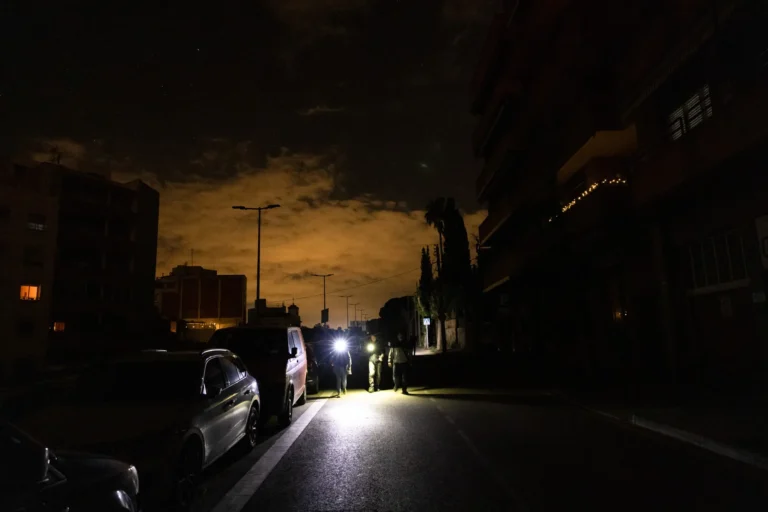A few months after a historic power outage that plunged part of Europe into darkness, Spain is facing a harsh reality: its energy transition, previously touted as exemplary, reveals worrying flaws. Behind an official discourse that carefully avoids blaming renewable energies, the concrete decisions of the authorities betray a barely concealed admission.
Gas takes the lead
According to data reported by Bloomberg, gas consumption for electricity production surged by 41% in the first half of 2025. This spectacular increase is not due to exceptional demand, but rather to an urgent need to stabilize a weakened grid. The cause: the massive outage in April, one of the most severe that Europe has experienced in recent decades, occurred while renewable energies—led by wind and solar—were providing a significant share of production.
In the face of network imbalances and risks of collapse, Spanish authorities have discreetly redirected their energy strategy, restarting gas plants to compensate for the intermittency of renewables. This decision contrasts with the official discourse, which remains focused on decarbonization.
Political silence, technical realities
Since the blackout, Spanish officials have carefully avoided blaming renewable sources. However, behind the scenes, the adjustments are clear: a resurgence of fossil fuels, investments in gas-based production infrastructure, and a pause on several green interconnection projects.
This caution in communication reflects the authorities’ embarrassment in the face of a public increasingly aware of climate issues. Acknowledging that renewables contributed to a system failure would undermine a pillar of the government’s ecological discourse.
An energy dilemma
Spain, like many European countries, has committed to a rapid transition to clean energy. But the April outage revealed what many experts feared: without a sufficiently flexible grid and effective storage solutions, the intermittency of renewables can become a factor of vulnerability.
The increase in gas consumption thus appears as a short-term solution aimed at ensuring supply stability. A pragmatic choice, but one that goes against emission reduction goals.


